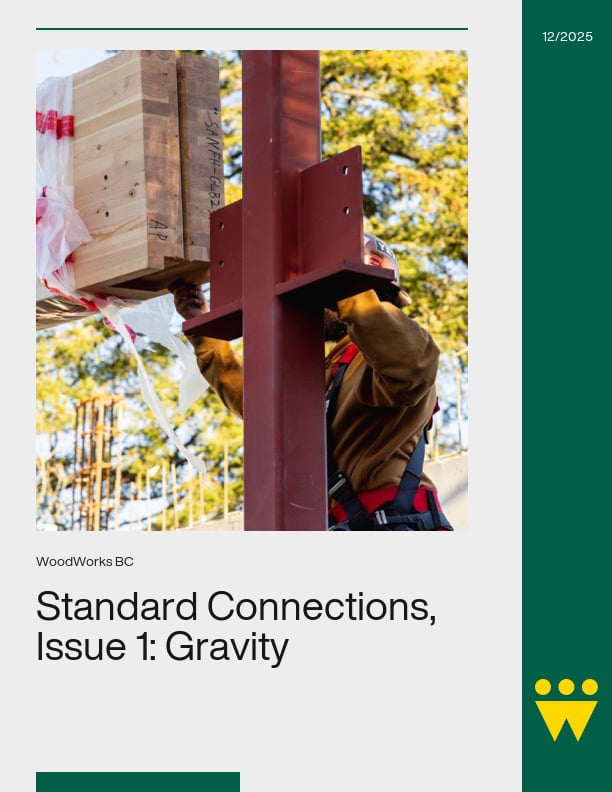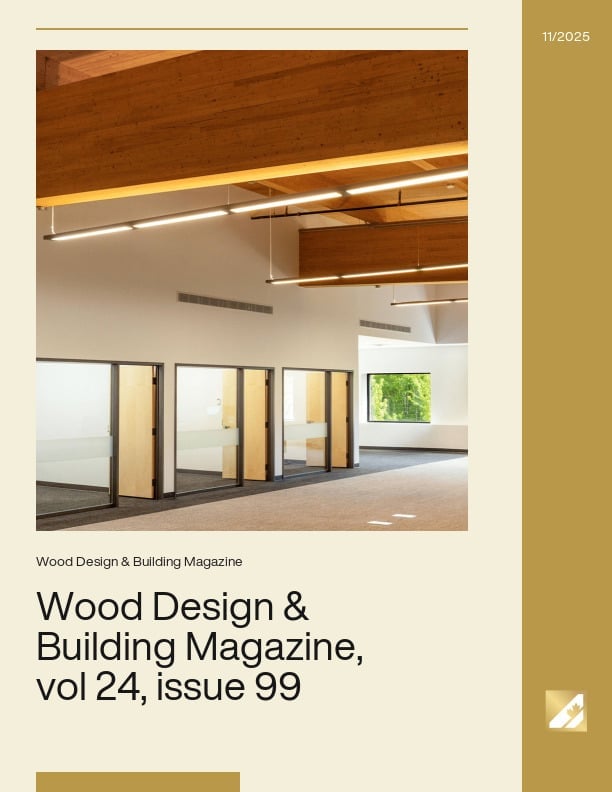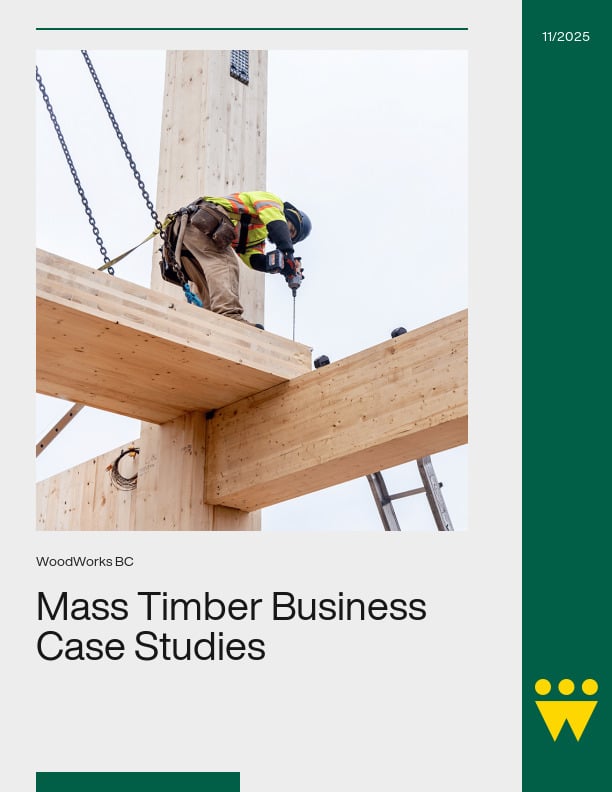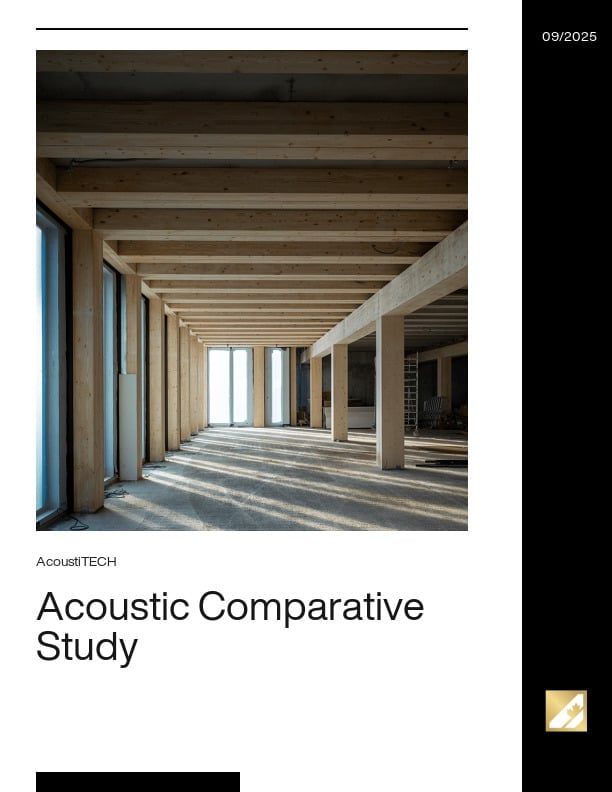Nailing is the most basic and most commonly used means of attaching members in wood frame construction. Common nails and spiral nails are used extensively in all types of wood construction. Historical performance, along with research results have shown that nails are a viable connection for wood structures with light to moderate loads. They are particularly useful in locations where redundancy and ductile connections are required, such as loading under seismic events.
Typical structural applications for nailed connections include:
- wood frame construction
- post and beam construction
- heavy timber construction
- shearwalls and diaphragms
- nailed gussets for wood truss construction
- wood panel assemblies
Nails and spikes are manufactured in many lengths, diameters, styles, materials, finishes and coatings, each designed for a specific purpose and application.
In Canada, nails are specified by the type and length and are still manufactured to Imperial dimensions. Nails are made in lengths from 13 to 150 mm (1/2 to 6 in). Spikes are made in lengths from 100 to 350 mm (4 to 14 in) and are generally stockier than nails, that is, a spike has a larger cross-sectional area than an equivalent length common nail. Spikes are generally longer and thicker than nails and are generally used to fasten heavy pieces of timber.
Nail diameter is specified by gauge number (British Imperial Standard). The gauge is the same as the wire diameter used in the manufacture of the nail. Gauges vary according to nail type and length. In the U.S., the length of nails is designated by “penny” abbreviated “d”. For example, a twenty-penny nail (20d) has a length of four inches.
The most common nails are made of low or medium carbon steels or aluminum. Medium-carbon steels are sometimes hardened by heat treating and quenching to increase toughness. Nails of copper, brass, bronze, stainless steel, monel and other special metals are available if specially ordered. Table 1, below, provides examples of some common applications for nails made of different materials.
TABLE 1: Nail applications for alternative materials
| Material | Abbreviation | Application |
| Aluminum | A | For improved appearance and long life: increased strain and corrosion resistance. |
| Steel – Mild | S | For general construction. |
| Steel – Medium Carbon | Sc | For special driving conditions: improved impact resistance. |
| Stainless steel, copper and silicon bronze | E | For superior corrosion resistance: more expensive than hot-dip galvanizing. |
Uncoated steel nails used in areas subject to wetting will corrode, react with extractives in the wood, and result in staining of the wood surface. In addition, the naturally occurring extractives in cedars react with unprotected steel, copper and blued or electro-galvanized fasteners. In such cases, it is best to use nails made of non-corrosive material, such as stainless steel, or finished with non-corrosive material such as hot-dipped galvanized zinc. Table 2, below, provides examples of some common applications for alternative finishes and coatings of nails.
TABLE 2: Nail applications for alternative finishes and coatings
| Nail Finish or Coating | Abbreviation | Application |
| Bright | B | For general construction, normal finish, not recommended for exposure to weather. |
| Blued | Bl | For increased holding power in hardwood, thin oxide finish produced by heat treatment. |
| Heat treated | Ht | For increased stiffness and holding power: black oxide finish. |
| Phoscoated | Pt | For increased holding power; not corrosion resistant. |
| Electro galvanized | Ge | For limited corrosion resistance; thin zinc plating; smooth surface; for interior use. |
| Hot-dip galvanized | Ghd | For improved corrosion resistance; thick zinc coating; rough surface; for exterior use. |
Pneumatic or mechanical nailing guns have found wide-spread acceptance in North America due to the speed with which nails can be driven. They are especially cost effective in repetitive applications such as in shearwall construction where nail spacing can be considerably closer together. The nails for pneumatic guns are lightly attached to each other or joined with plastic, allowing quick loading nail clips, similar to joined paper staples. Fasteners for these tools are available in many different sizes and types.
Design information provided in CSA O86 is applicable only for common round steel wire nails, spikes and common spiral nails, as defined in CSA B111. The ASTM F1667 Standard is also widely accepted and includes nail diameters that are not included in the CSA B111. Other nail-type fastenings not described in CSA B111 or ASTM F1667 may also be used, if supporting data is available.
For more information, refer to the following resources:
International, Staple, Nail, and Tool Association (ISANTA)
CSA O86 Engineering design in wood
CSA B111 Wire Nails, Spikes and Staples
ASTM F1667 Standard Specification for Driven Fasteners: Nails, Spikes and Staples









